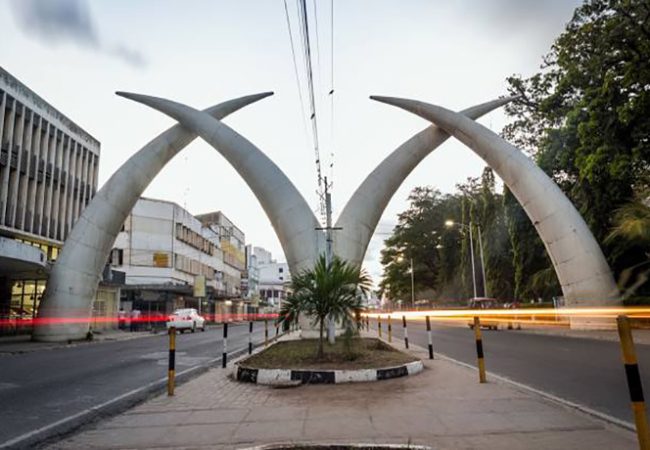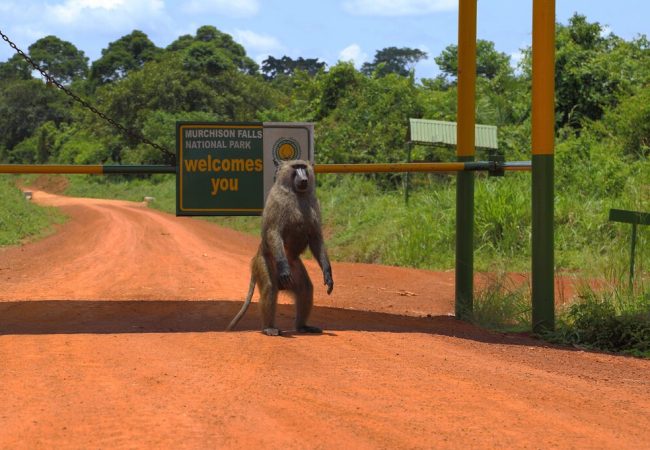Singapore
- Home
- Singapore
Welcome To Singapore.
Singapore, officially the Republic of Singapore, is an island country and city-state in maritime Southeast Asia. It is located about one degree of latitude (137 kilometres or 85 miles) north of the equator, off the southern tip of the Malay Peninsula, bordering the Strait of Malacca to the west, the Singapore Strait to the south along with the Riau Islands in Indonesia, the South China Sea to the east, and the Straits of Johor along with the State of Johor in Malaysia to the north. The country’s territory comprises one main island, 63 satellite islands and islets, and one outlying islet; the combined area of these has increased by approximately 25% since the country’s independence as a result of extensive land reclamation projects. It has the second highest population density of any country in the world, although there are numerous green and recreational spaces as a result of urban planning. With a multicultural population and in recognition of the cultural identities of the major ethnic groups within the nation, Singapore has four official languages: English, Malay, Mandarin, and Tamil. English is the common language, with its exclusive use in numerous public services. Multi-racialism is enshrined in the constitution and continues to shape national policies in education, housing, and politics.



History of Singapore
In 1299, according to the Malay Annals, the Kingdom of Singapura was founded on the island by Sang Nila Utama. Although the historicity of the accounts as given in the Malay Annals is the subject of academic debates, it is nevertheless known from various documents that Singapore in the 14th century, then known as Temasek, was a trading port under the influence of both the Majapahit Empire and the Siamese kingdoms, and was a part of the Indosphere. These Indianised kingdoms were characterised by surprising resilience, political integrity and administrative stability. Historical sources also indicate that around the end of the 14th century, its ruler Parameswara was attacked by either the Majapahit or the Siamese, forcing him to move to Malacca where he founded the Sultanate of Malacca. Archaeological evidence suggests that the main settlement on Fort Canning Hill was abandoned around this time, although a small trading settlement continued in Singapore for some time afterwards. In 1613, Portuguese raiders burned down the settlement, and the island faded into obscurity for the next two centuries. By then, Singapore was nominally part of the Johor Sultanate. The wider maritime region and much trade was under Dutch control for the following period after the 1641 Dutch conquest of Malacca.


Singapore
9 million
Singapore
Chinese
Singapore Dollar

50% Off
For Your First Book
Our Destination Highlight
Recommended Package
Starting From:
$1,230TAXES INCL/PERS
Starting From:
$205TAXES INCL/PERS
Starting From:
$80TAXES INCL/PERS
Starting From:
$1,300TAXES INCL/PERS
Starting From:
$1,600TAXES INCL/PERS
Starting From:
$3,570TAXES INCL/PERS
Starting From:
$900TAXES INCL/PERS
Join The Newsletter
To receive our best monthly deals













